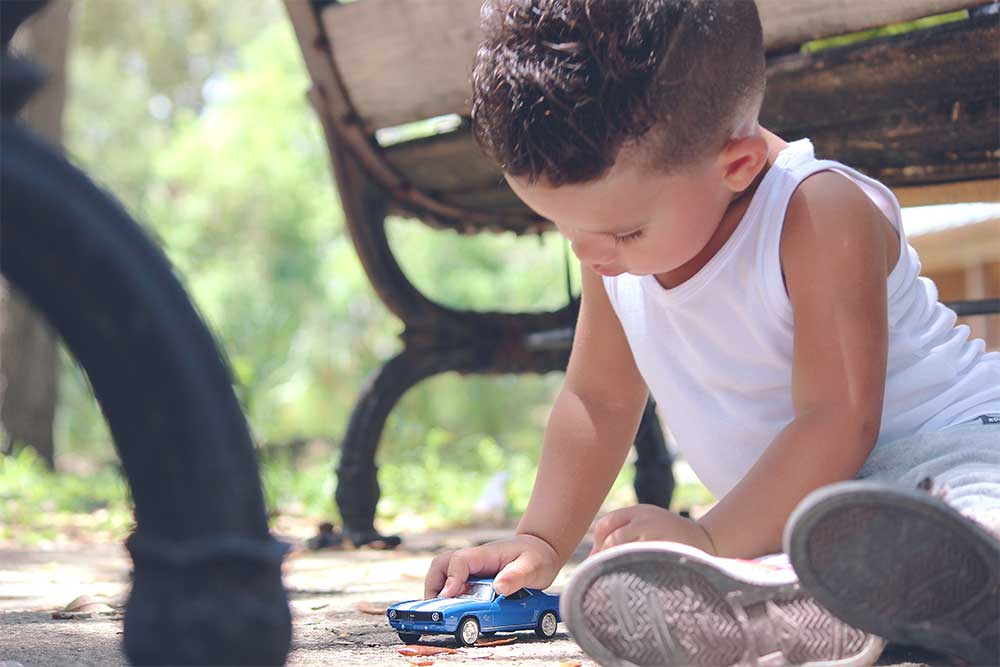
25 Sep How to keep an autistic child busy, and why it is important
A naughty autistic child is a bored autistic child! Some may disagree with me on this statement, but I prove it daily in my autism school in Randburg, Johannesburg. One of the first things I talk about in my autism training or when I have a new staff member started at the pre-school or therapy center is exactly this.
I always say …. “If I can hear the children in your class or therapy group” then you are most likely not keeping them busy enough! This statement is true at pre-school level, primary school level, and at high school level for sure – but it is also very much true for home life!
Whether it is sunshine or rain your special needs child needs to be kept busy! Stimulating your child may seem like very hard work but it is honestly the only way to ensure a smooth-running home or vacation.
Whilst some children with autism can keep themselves entertained most children on the autism spectrum are not able to do this.
How to keep an autistic child busy will depend greatly on the age of the child. A very young child on the spectrum can be kept busy with activities that would include things like:
- Touch and feel books for sensory input
- Sensory trays for the children to play with
- Stacking cups or building blocks
- Busy board activities with zips and hooks and fine motor learning
- Affinity-based items (so figurines or toys linked to the child’s affinity)
- Playdough and a range of cutters
- Light and sound toys
- Cause and effect toys
- Large lacing beads
- Finger painting activities
Once the child is a bit older than you can start incorporating activities such as:
- Drawing with a variety of stationary types (crayons, pencils, Kokis)
- Colouring activities or painting with big and small brushes as well as earbud dotting or feather painting
- Cutting activities will include cutting out pictures from magazines or the newspaper to snipping leaves to make a fun collage
- Lacing activities can be done with re-cycled items or beads
- Sensory bottle making
- Ice painting
- Threading smaller beads
- Sidewalk chalk drawing during outside time
- Water play that includes a variety of cups and bottles for “packaging” type activities
- Picture matching games
You will also still be able to do a variety of the activities you did when the child was younger as all children on the spectrum love sensory play-based activities. Academic activities relating to mathematics and literacy can also be included. This will however depend on where the child is developmental.
It is important to allow your child to explore the activities you present to them. As normal developing people we have been taught that there is a “right” way and a “wrong” way to play a game, build a structure, or colour a picture. But when you work or play with your autistic child, the first and most important step is engagement and social communication, not instruction.

